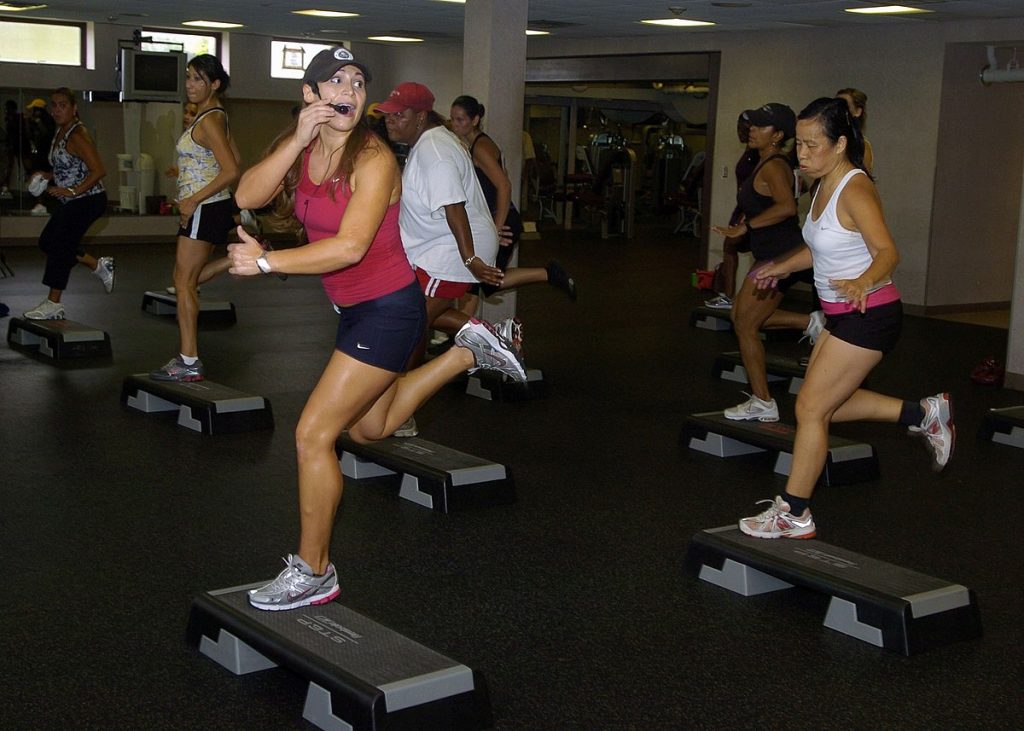
Exercise lovers love stretching their bodies. They consider it a glorious feeling when stretching out after a workout. But most of us avoid stretching in a hurry. The reason behind it is always a busy routine. But stretching after a workout is a necessity for a body. Is there any one of you who felt guilt after avoiding stretches?
Which Action Refers To The Word Stretch?
The act of stretching at Pilates Studio is similar to the sound of a word. This is all about pulling muscles from both ends. Stretching releases tension and tightness of muscles. Do you know a reason for getting tight muscles? The perfect harmony among joints and muscles gets out of balance. The tight muscles pull the joint towards a single direction. This makes us out of alignment which is not good for us.
The other cause of muscle tightness can be a compromised posture for a longer period. The movements can be slouching while sitting at your desk. Or bending over your phone for a longer period. Tissue scarring can also be a cause of muscle tightness. A single tight muscle ball creates a problem for the whole body.
Various Kinds Of Stretching:
The various kinds of stretching mentioned in the literature of health are:
1. Static Stretching:
This is the most common type about which everyone knows. So, with the word stretching this is the first one that comes to mind. This kind of stretching includes holding a pose for 15-30 secs to the point where muscle stretch is complete. This increase circulation around tired muscles. Increased circulation is effective in releasing any built-up tension.
2. Active Stretching:
This kind is also famous with a name of dynamic stretching. It includes a full range of muscle movements. This could be moving arms in a big circle for a shoulder warm-up. This can be commonly observed in any kind of sport. Because most athletes used to do this for a warm-up. This results in an influx of blood and oxygen. Also, best to warm up a body temperature. This makes muscles more elastic and increases the range of motion.
3. PNF (Proprioceptive Neuromuscular Facilitation) Stretching:
It is a combination of stretching and contracting muscles. This feature makes it popular with the name “contract-relax.” In it, the muscle must contract between 75%-100% of maximum contraction. Before relaxing them hold them for seconds. After that move deep into the stretch position. The resistance can be applied by the use of any of the following equipment:
- Elastic band
- Strap
- Magic circle
A magic circle is an equipment which most people love at Pilates Studio. You can consider a hamstring stretch by using the band as an example of contract relax. This contracts the hamstring without a move for 10 seconds. Then relax the hamstring into a stretch while exhaling breath. Simultaneously, move deeper into the stretch.
Stretching Time:
To get a clear idea of this we have to go through multiple schools of thought.
· First School Of Thought:
Static stretching must be a part of the routine after workout 2-4 times. The time of each stretch is of 30 seconds. Stretching increases ROM (range of motion) and flexibility. Stretching for more than 45 seconds is not healthy. It results in decreased strength, power, and speed.
· Second School Of Thought:
We can get more benefit from stretching when it becomes a sandwich between a warm-up and an active workout. During warm the body temperature increase. Blood flow faster towards the muscles. It prepares muscles for the upcoming activity.
So, you can sum up both schools of thought that multiple stretching has no added benefit. So, stretching for one time per day at Studio Pilates is enough to meet the goal. The recommended stretching differs due to the factors of age and gender. The details of the recommended stretches are given below:
- Men and adults below 65 can benefit from the PNF stretching.
- Females and adults over 65 can benefit from static stretching.
Targeted Body Parts While Stretching:
You need to do stretching of muscles around the major joints of the body. Hips are required to stay stretched out. You can accomplish this in a variety of ways, including:
- Glute stretch
- Hip flexor stretch
- Hamstring stretch
- Quad stretching
We can look after the stretching of the upper body in the following ways:
- Chest stretch
- Triceps stretch
- Shoulder stretch
- Neck stretch
- Bicep stretch
Bottom Line:
We all know that following are the two key benefits of stretching at Fitness in Motion:
- Increased range of motion
- Better flexibility
Even in our busy routines, we should consider 30 seconds. Why can’t we take out only one minute for our legs and arms? If you are so busy then use a watch or stopwatch to ensure 30 seconds. But if you have free time then dedicated stretch is extremely beneficial.
